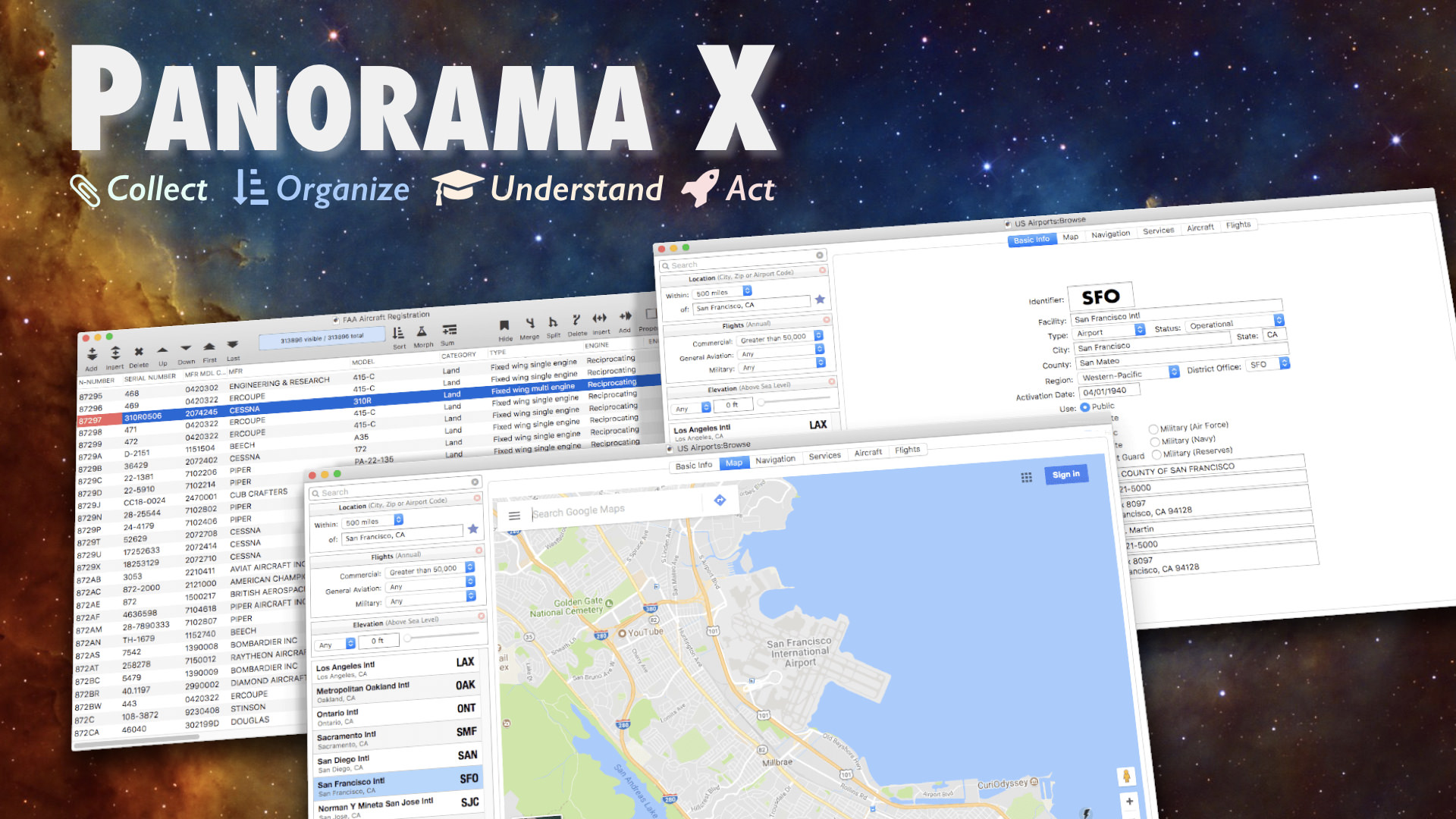

- Mac uuid generator software#
- Mac uuid generator Bluetooth#
- Mac uuid generator free#
- Mac uuid generator windows#
The current variant of UUID, variant 1, consists of five different versions. Variant 1 UUIDs use two bits, while variant 2 UUIDs use three bits. The difference between variants 1 and 2 is the number of bits in the N position.
Mac uuid generator windows#
Even though many of the GUIDs Microsoft uses are variant 1 UUIDs, early GUIDs on the Windows platform used variant 2. Variant 2 is reserved for Microsoft backward compatibility. As an example, GUIDs are variant 1 UUIDs. These variants are referred to as RFC 4122/DCE 1.1 UUIDs, or Leach-Salz UUIDs after the authors of the Internet Engineering Task Force working document defining UUID specifications. Variant 1 is the main variant used today. It has a similar construction to the version 1 UUIDs used today. This variant is reserved for backward compatibility with the obsolete Apollo Network Computing System from the late 1980s.
Mac uuid generator free#
Free tools to generate UUIDs include UUIDTools or Online UUID Generator. UUIDs are generated using an algorithm based on a timestamp and other factors such as the network address. Different versions of UUID follow the RFC 4122 specification.
Mac uuid generator software#
UUID was standardized by the Open Software Foundation (OSF), becoming a part of the Distributed Computing Environment ( DCE). Originally, GUID referred to a variant of UUID used by Microsoft, but the terms became synonymous in the RFC 4122 specification.
Mac uuid generator Bluetooth#
UUIDs can be generated to refer to almost anything imaginable. For example, they can identify databases, system instances, primary keys, Bluetooth profiles or objects with short lifetimes. Depending on the specific mechanisms used, a UUID is either guaranteed to be different or is, at least, extremely likely to be different from any other UUID generated until A.D. Gillis, Technical Writer and EditorĪ UUID (Universal Unique Identifier) is a 128-bit value used to uniquely identify an object or entity on the internet. In this case, you would simply iterate over Here are two common transfer learning blueprint involving Sequential models.įirst, let's say that you have a Sequential model, and you want to freeze all If you aren't familiar with it, make sure to read our guide Transfer learning consists of freezing the bottom layers in a model and only training Transfer learning with a Sequential model ones (( 1, 250, 250, 3 )) features = feature_extractor ( x ) output, ) # Call feature extractor on test input. get_layer ( name = "my_intermediate_layer" ). Sequential ( ) feature_extractor = keras. These attributes can be used to do neat things, likeĬreating a model that extracts the outputs of all intermediate layers in a This means that every layer has an inputĪnd output attribute. Once a Sequential model has been built, it behaves like a Functional API Guide to multi-GPU and distributed training.įeature extraction with a Sequential model Speed up model training by leveraging multiple GPUs.Save your model to disk and restore it.Guide to training & evaluation with the built-in loops Train your model, evaluate it, and run inference.

Once your model architecture is ready, you will want to: GlobalMaxPooling2D ()) # Finally, we add a classification layer. summary () # Now that we have 4x4 feature maps, time to apply global max pooling. Conv2D ( 32, 3, activation = "relu" )) model. summary () # The answer was: (40, 40, 32), so we can keep downsampling. MaxPooling2D ( 3 )) # Can you guess what the current output shape is at this point? Probably not.


Conv2D ( 32, 5, strides = 2, activation = "relu" )) model.


 0 kommentar(er)
0 kommentar(er)
